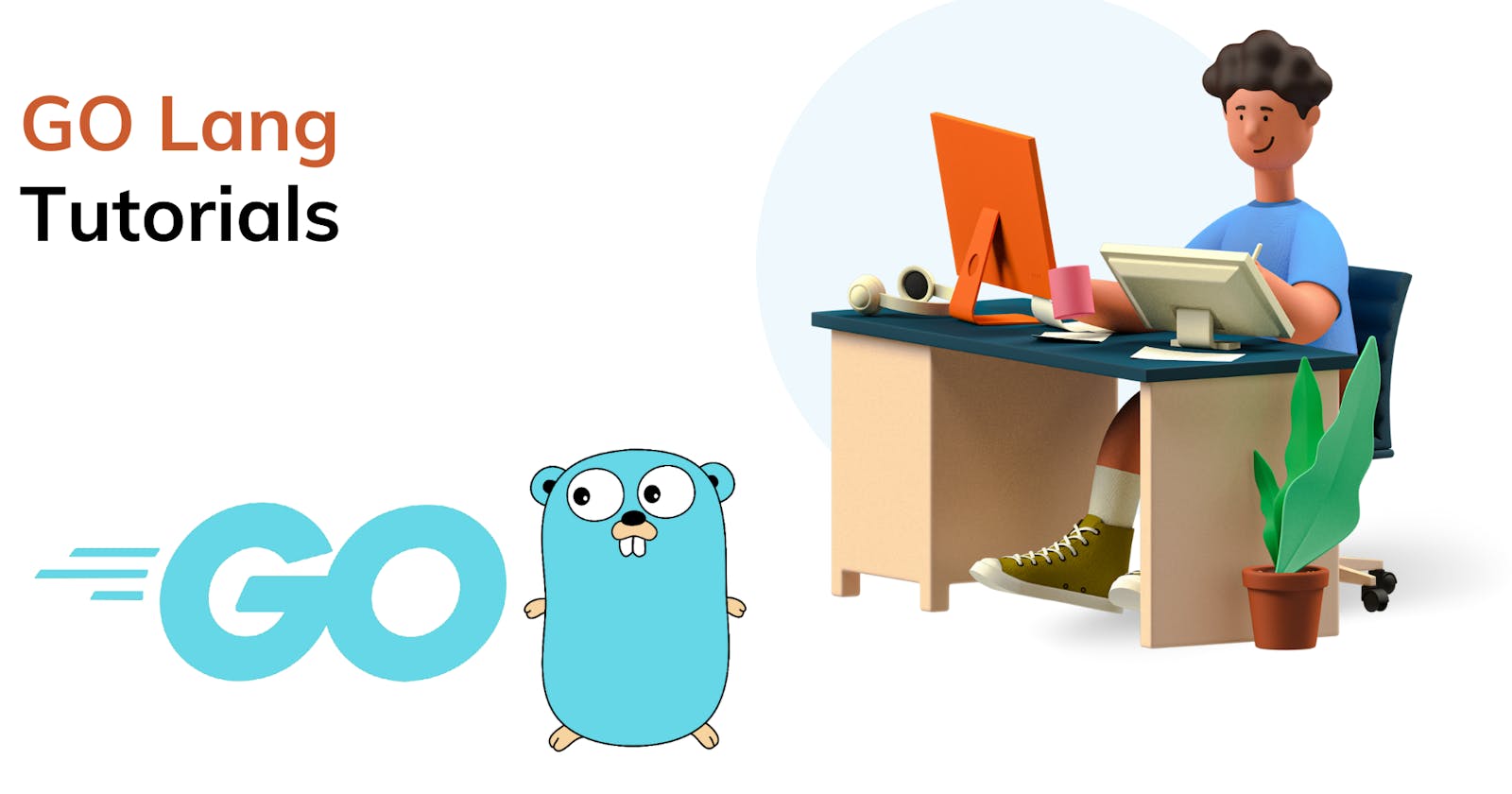In the world of software development, handling databases efficiently is a cornerstone of building robust and scalable applications. Go, also known as Golang, offers a powerful ecosystem for crafting applications, and to simplify the often complex task of interacting with databases, enter GORM – the Go Object Relational Mapping library. Let's embark on a journey to explore GORM, understand its essence, and uncover how it revolutionizes database operations in Go.
Understanding GORM
GORM serves as a bridge between Go applications and various relational databases. It abstracts the intricacies of SQL queries, providing developers with a clean and intuitive interface to perform database operations using Go structs and methods. At its core, GORM simplifies the process of creating, reading, updating, and deleting data from databases, making database management in Go applications an effortless endeavor.
Seamless Integration with Go
One of GORM's standout features is its seamless integration with Go's native constructs. By leveraging Go's struct types, GORM allows developers to define models that mirror database tables, offering a familiar and intuitive approach to representing data. This integration eliminates the need for manually writing SQL queries, enabling developers to focus more on application logic rather than database intricacies.
Key Features of GORM
Model Definitions Made Easy
With GORM, defining models is straightforward. Developers can create Go structs that represent database tables, defining fields and their types. GORM intelligently maps these structs to corresponding tables, streamlining the process of creating and managing database schemas.
Simplified CRUD Operations
GORM simplifies CRUD operations, offering methods to create, retrieve, update, and delete records from databases effortlessly. For instance, creating a new record involves invoking the Create method, passing in a Go struct, and letting GORM handle the underlying database interactions.
Flexible Query Building
Beyond basic CRUD, GORM provides a powerful query building interface. Developers can construct complex queries using GORM's query methods, enabling precise data retrieval based on specific criteria. Filtering, sorting, and pagination become intuitive tasks with GORM's query capabilities.
Handling Associations and Joins
GORM facilitates defining relationships between different models. Whether it's one-to-one, one-to-many, or many-to-many associations, GORM simplifies linking related data across multiple tables. Additionally, GORM seamlessly executes database joins, ensuring efficient retrieval of associated data.
Streamlined Migrations
Maintaining database schema consistency across development stages is crucial. GORM offers migration support, allowing developers to define and apply changes to the database schema using Go code. This feature ensures seamless transitions and updates in database structures.
Extensive Hooks and Callbacks
GORM provides hooks and callbacks for executing custom logic before or after specific database operations. These hooks empower developers to incorporate additional functionality, such as data validation, logging, or executing supplementary operations based on certain conditions.
Transaction Support and Error Handling
Transactions play a pivotal role in maintaining data integrity. GORM supports transactions, enabling developers to group multiple database operations into atomic units. Moreover, GORM boasts robust error-handling mechanisms, ensuring graceful management of errors during database interactions.
The Promise of GORM for Go Developers
GORM emerges as a game-changer for Go developers seeking an elegant solution for database management. Its ability to abstract away the complexities of database interactions while offering a rich set of features empowers developers to build efficient and scalable applications.
By leveraging GORM's capabilities, developers can focus on crafting application logic and functionalities, confident in the knowledge that GORM simplifies otherwise intricate database operations. This translates into accelerated development cycles, cleaner codebases, and enhanced productivity for Go projects.
Conclusion
In conclusion, GORM stands as a powerful ORM library in the Go ecosystem, redefining how developers interact with databases. Its seamless integration with Go, coupled with an array of features encompassing simplified model definitions, versatile query building, robust associations, migrations, hooks, transactions, and error handling, makes it a go-to choice for Go developers.
As you venture deeper into the realm of Go development, embracing GORM opens doors to efficient and maintainable database interactions, paving the way for building scalable and resilient applications in the Golang landscape.
I hope this helps, you!!
More such articles:
https://www.youtube.com/@maheshwarligade

